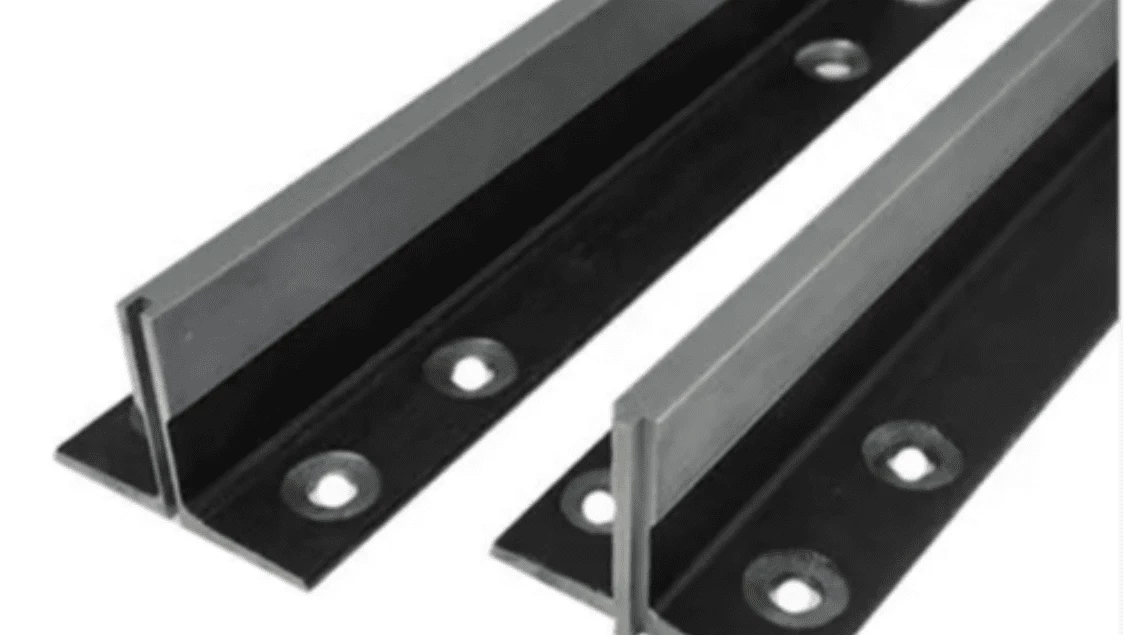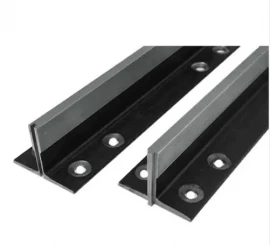 Elevators have become an essential part of modern urban life, enabling us to move efficiently and swiftly between different floors in tall buildings. While the elevator car and its sophisticated controls are the most visible components of this vertical transportation system, the unsung heroes responsible for the safe and smooth movement are the elevator rails. These unassuming tracks play a vital role in guiding the elevator car and ensuring passenger safety.
Elevators have become an essential part of modern urban life, enabling us to move efficiently and swiftly between different floors in tall buildings. While the elevator car and its sophisticated controls are the most visible components of this vertical transportation system, the unsung heroes responsible for the safe and smooth movement are the elevator rails. These unassuming tracks play a vital role in guiding the elevator car and ensuring passenger safety.Elevator rails, also known as guide rails or guide tracks, are long metal bars or beams that run vertically along the sides of the elevator shaft. They are typically made from steel or other durable materials to withstand the immense forces and loads they endure daily. These rails serve two primary purposes:
-
Guidance: The rails provide a fixed path for the elevator car to travel along as it moves between floors. The car is equipped with rollers or guides that run along the vertical tracks, keeping it properly aligned and preventing lateral movements.
-
Safety: The rails act as a critical safety feature by preventing the elevator car from swaying or derailing during operation. In case of any unexpected mechanical failure or loss of control, the guide rails offer a physical barrier to ensure the car stays on its designated path.
There are generally two main types of elevator guide rails:
-
T-shaped Guide Rails: T-shaped guide rails are the most common type and are used in the majority of modern elevators. They have a flat horizontal section, called the "foot," which is anchored to the elevator shaft structure. The vertical section, known as the "web," provides the guiding surface for the elevator car.
-
C-shaped Guide Rails: C-shaped guide rails are another type that is less common but still used in certain elevator installations. These rails have a curved shape, resembling the letter "C," and provide the guiding surface on the inside of the curve.
Manufacturing and Installation:
The manufacturing of elevator guide rails is a precise and standardized process. The rails need to meet strict quality and dimensional requirements to ensure smooth and safe elevator operation. Specialized machinery is used to roll and shape the steel into the desired T or C shape, and the rails are then cut to specific lengths and finished to achieve smooth surfaces.
During installation, the guide rails are carefully aligned and securely fixed to the elevator shaft walls using brackets and bolts. Proper alignment is critical for the elevator's smooth movement and to prevent wear on the rollers or guides attached to the elevator car.
Maintenance and Safety:
Elevator rails require regular maintenance to ensure their continued reliability and safety. Periodic inspections are conducted to check for signs of wear, corrosion, or damage. Any issues identified during these inspections must be promptly addressed to avoid potential safety hazards.
As with any mechanical system, elevator rails are subject to wear and tear over time. Therefore, maintenance teams need to monitor and adjust components like rollers, guides, and suspension systems to maintain optimal performance.
Elevator rails are the unsung heroes of the vertical transportation world. They provide the vital guidance and safety needed to ensure smooth and secure elevator journeys for millions of people each day. As technology continues to advance, elevator systems are becoming even more efficient and sophisticated, but the fundamental role of elevator rails as the backbone of this crucial transportation mode remains unchanged. With ongoing maintenance and advancements in materials and design, elevator rails will continue to play a central role in shaping the future of vertical transportation.


